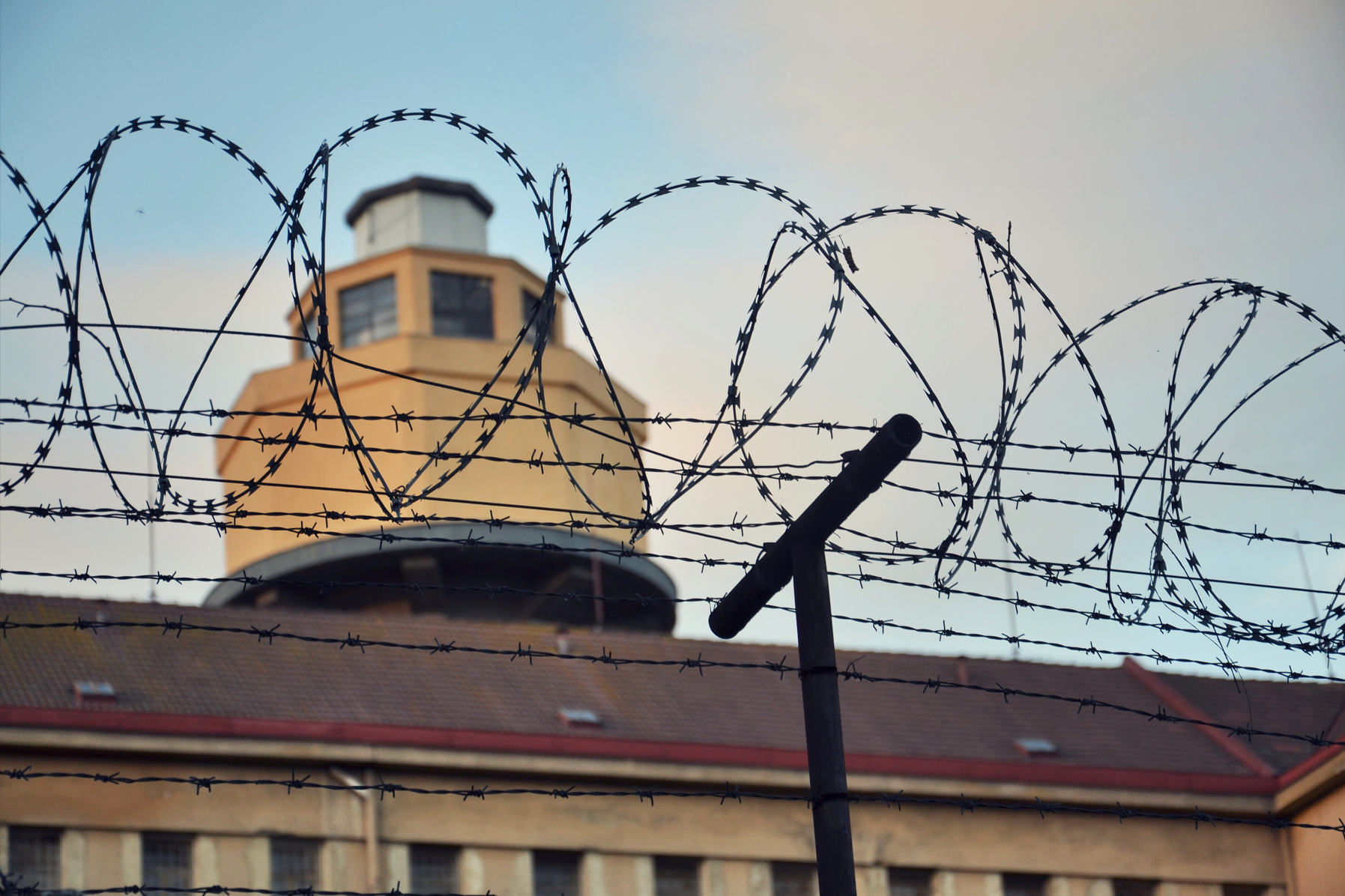
At the federal, state, and local levels, there is a verifiable ongoing effort to electrify public buildings. Our last digest focused on states with “lead by example” electrification and decarbonization policies for their municipal building stocks. Previously, we have also examined electrification progress in K-12 schools nationwide in a data story and an episode of Buildings Hub Live. However, another segment of America’s public buildings is often overlooked in the electrification conversation: Correctional facilities.
According to the 2018 U.S. Commercial Building Energy Consumption Survey (CBECS) conducted by the Energy Information Administration (EIA), correctional facilities are captured under the “public order and safety” category of the survey. A representative from the EIA noted in an email that CBECS provided a subcategory of “jail, reformatory, or penitentiary;” in the publicly available microdata and on our 2018 Commercial Building Characteristics dashboard, these buildings are encapsulated under the “other public order and safety” detailed building activity.
Altogether, respondents in the public order and safety category represent only 105 buildings, 26 of which are encapsulated under “other.” The EIA clarified in an email that there are other building types bucketed into the “other” category besides types of correctional facilities, but that correctional facilities constitute the majority.
Nonetheless, those 26 respondents represent a small sample of the total number of American correctional facilities, blocking any statistically significant analysis of the population at large. The Prison Policy Initiative found in its 2024 report that almost 2 million people are held in 6325 correctional facilities nationwide, 1664 of which are federal and state prisons, 3196 are local and Tribal Nation jails, and 1323 are juvenile correction facilities. The 2018 Commercial Building Characteristics dashboard notes that there are about 10,900 buildings nationwide represented by the “other” category. As a result, the 26 “other public order and safety” buildings surveyed represent between 0.2 and 0.4 percent of these buildings nationwide.
This gap in reliable, macro survey data makes it harder to provide a data-centered narrative about this building landscape’s electrification progress. But discussion of their energy usage remains an important environmental and equity focal point.
Maintaining and operating these thousands of correctional facilities is an expensive endeavor, and energy has a significant price tag. Our nation’s public order and safety buildings spend almost $2.6 billion annually on “major fuel expenditures” according to the 2018 CBECS; about 55 percent of energy consumed was derived from electricity, while 35 percent arose from natural gas. Despite the “other” category making up about a quarter of the total public order and safety buildings activity category, those buildings accounted for 44 percent of the category’s total energy consumption in the 2018 CBECS.
Projections for how weatherization, electrification, or energy efficiency measures may impact the correctional building stock do not exist. Yet building decarbonization methods will likely derive long-term cost-and energy-savings in a way similar to the rest of our building stock.
However, there is an additional public health risk inherent in the current state of our prisons, jails, and reformatory institutions, as evidenced by heat-related deaths in Texas and beyond. In the summer of 2023, about two people died daily in Texas prisons. The state experienced devastating heat waves, and with two-thirds of the state’s prisons lacking air conditioning, prisoners suffered.
This is more than a Texan problem — 44 states do not have universal prison air conditioning standards. A 2022 study found that a two-day heat wave increased heat-related mortality in prisons in the Northeast by 21 percent and 8.6 percent in the West, compared to 1.3 percent in the South and 0.8 percent in the Midwest. Moreover, with every 10°F increase in temperature, the mortality rate rises by 5.2 percent.
Counting deaths is only one indicator of public health conditions inside correctional facilities; data on other health impacts, such as exacerbation of existing conditions, heat stroke, or general emotional stability, cannot be found and yet must exist.
Currently, there is a temperature standard of between 65°F and 85°F in Texan county jails. In 2021 and 2023, the Texas House of Representatives attempted to pass bills to replicate this standard in state prisons; both bills failed, as the estimated cost to install the requisite air conditioning was too high. Unless the federal or state government decides this heated issue is worth a dedicated stream of public funding, universal access to air conditioning in prisons nationwide is unlikely to be realized.
Some prisons have begun finding alternative ways to fund their energy expenditures. A county correctional facility in Minnesota will add solar panels later this year, which will help reduce the facility’s need to pay for electricity from the grid. California’s Department of Corrections and Rehabilitation committed to adding 12 solar projects in 2021. Nine state prisons in Colorado had installed solar panels in 2020, saving the state $475,000 in electricity costs over the next twenty years. Rikers Island jail is also in talks to add solar generation capacity, joining the five New York prisons that are planning to build solar arrays and saving the state $10 million.
These projects and others contribute to the three percent of public order and safety buildings with solar panels estimated by the 2018 CBECS. While solar installations are a clean method of generating more electricity for correctional facilities to run on, they do not provide a direct solution to improving space cooling in these buildings. Policymakers should consider the lack of individual, independent cooling options in correctional facilities and seek to pass humane standards.



